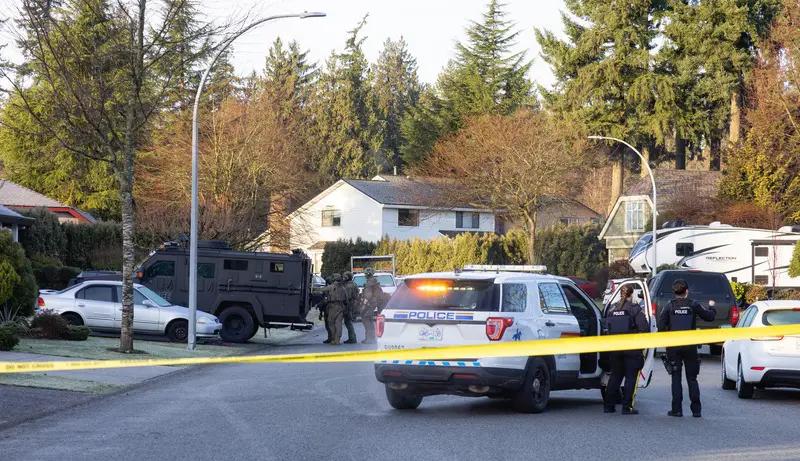In today's rapidly aging society, the health and wellbeing of older adults are increasingly becoming a focal point of community planning. One innovative approach is the integration of green infrastructure within smart older adult care communities. This blend of nature and technology not only improves physical health but also bolsters mental wellbeing and social interactions among older adults.
Green infrastructure encompasses parks, trails, gardens, and other natural areas designed to enhance urban living. For older adults, these spaces offer more than just a pleasant view. Research indicates that increased access to green spaces reduces the risk of chronic diseases and alleviates feelings of depression and anxiety. The presence of greenery improves air quality, reduces urban heat, and offers a venue for physical activities [1]. These effects are particularly significant in urban areas where natural spaces are often limited.
Urban planning, therefore, plays a crucial role in optimizing these benefits. By ensuring that green spaces are accessible and evenly distributed, we create opportunities for older adults to engage in outdoor activities regularly. It’s critical for these spaces to connect seamlessly with neighborhoods, making them easy to reach and inviting for community members. This connectivity not only enhances physical health but also fosters social ties by providing a place for social interactions, which is essential for mental health [2].
Smart technology further complements this infrastructure by making these spaces more accessible. Intelligent monitoring systems can provide real-time updates on air quality and weather conditions, while mobile apps can guide the elderly on accessible routes and nearby amenities. These innovations can be pivotal in encouraging older adults to make the most of green spaces without the hassle or concern of navigation and weather uncertainties.
Furthermore, the thoughtful integration of these systems supports community resilience, especially during events like the COVID-19 pandemic. During such times, green infrastructure has proven to be an invaluable resource, offering a safe haven for physical and mental recuperation. Social policies must prioritize these developments, recognizing them as essential services similar to healthcare facilities [3].
In conclusion, the strategic implementation of green infrastructure within smart communities holds vast potential for enhancing the quality of life for older adults. By understanding their needs and leveraging modern technologies, we can create an urban environment that is health-conducive, socially engaging, and environmentally sustainable.
References:
3. Your local park might be as important as your local hospital, new study finds







